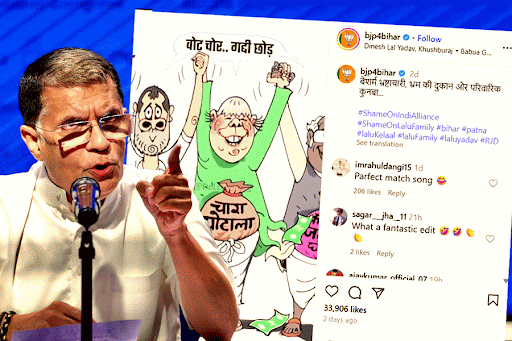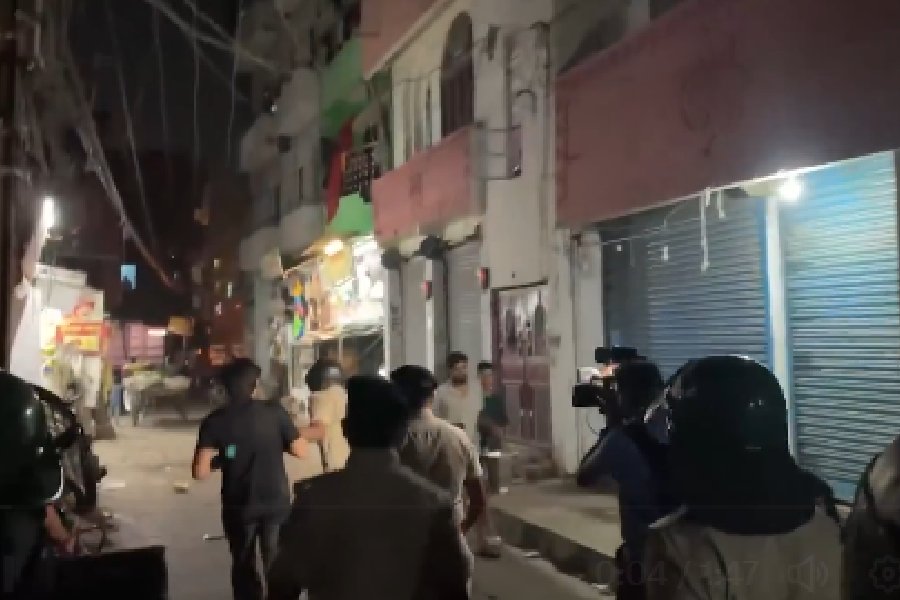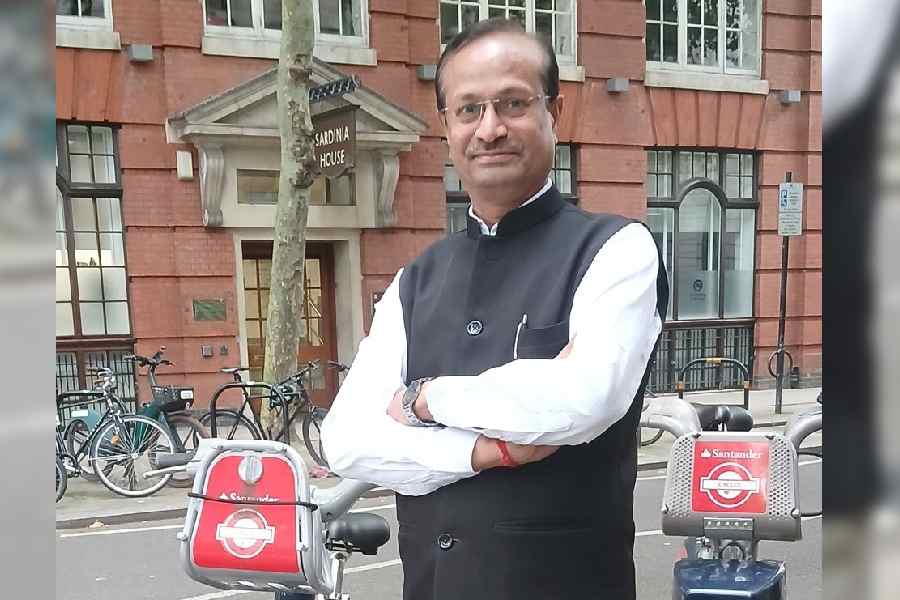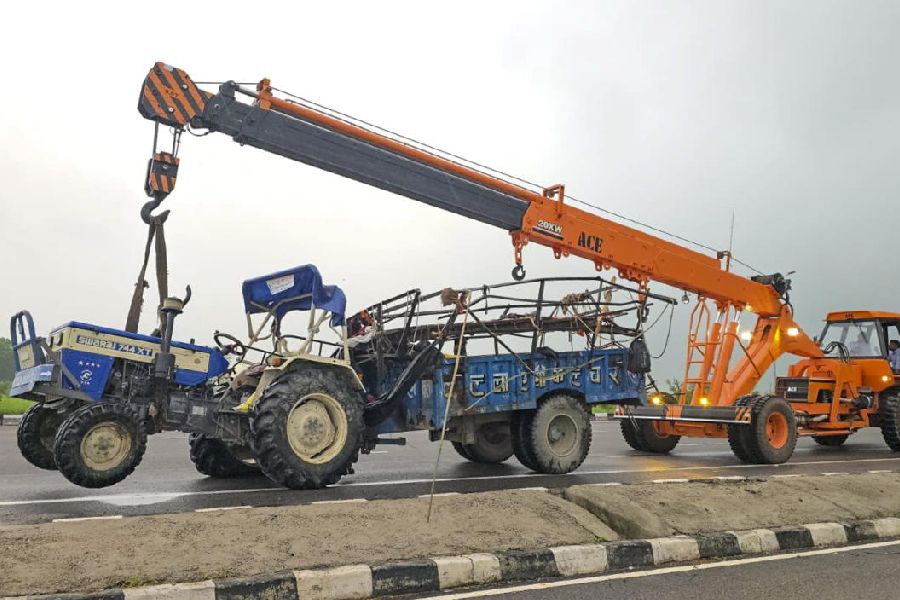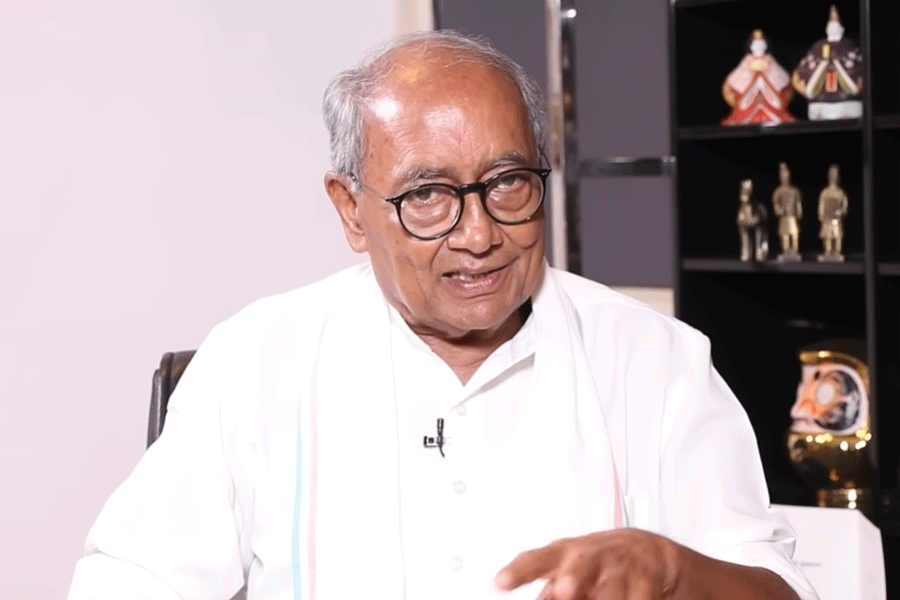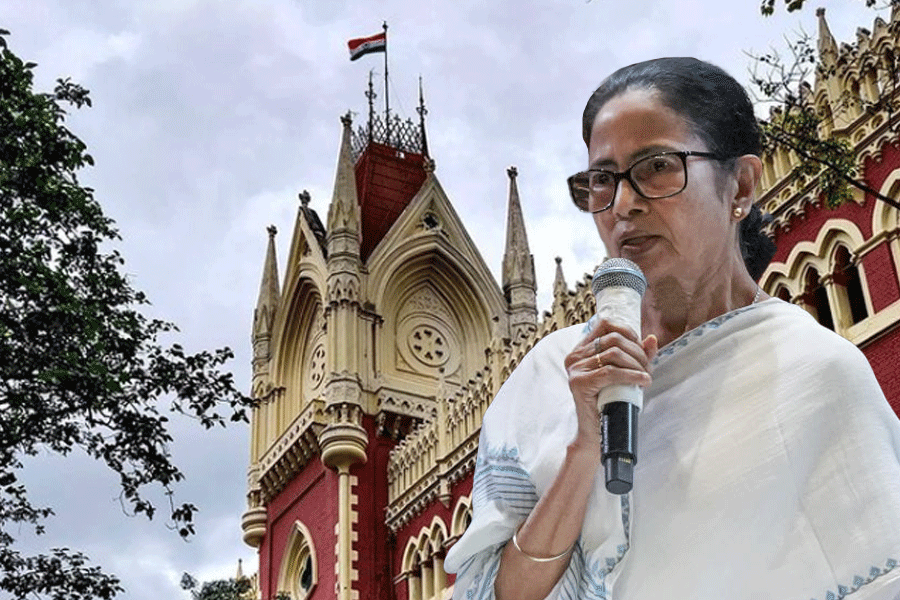
After the installation of Mir Jafar by Clive and his Company, the new nawab had to pay the English a prince's ransom for the earlier sack and destruction of the European settlement and Fort William by Siraj-ud-Daulah.
The East India Company received Rs 100 lakh, the European community 50, the Hindu inhabitants 20, and 7 was apportioned to the Armenians.
It is said Akbar had married a Christian woman of Armenian origin, and Armenian traders were already there when Job Charnock dropped anchor at Sutanuti village, one of the three that formed the nucleus of the future city of Calcutta.

The strongest evidence of pre-British Armenian presence in the area next to the Hooghly river is the Armenian Holy Church of Nazareth (1724).
The church records the history and the rise and rise of the Armenian businessmen in this city as they became one of the wealthiest communities here.
Although there are only about 100 Indian Armenian families left here, the beautiful buildings they constructed in prime neighbourhoods around Park Street testify to the fabulous wealth they accumulated here.
Park Mansion and Queens Mansion on Park Street originally belonged to Armenian magnates.
Johannes Carapiet Galstaun was one of the most notables. He had built the magnificent, twin domed Galstaun Park, which was later acquired by the Nizam of Hyderabad and is better known as Nizam Palace.

He had also built Queens Mansion which was earlier named after him. The Armenian Club continues to function from here.
Aratoon Stephen was the man behind Grand Hotel and he used to live at 2 Camac Street.
The plaques on the walls of Armenian Church is like the Who's Who of the community. The most prominent of the Armenian worthies was Catchick Paul Chater, who was born in Calcutta and was one of the builders of modern Hong Kong.

Father Geghart, assistant manager of Armenian College, who conducted the service (below) at the Armenian Holy Church of Nazareth to commemorate of the 100th anniversary of the Armenian Genocide

" One of my grandfathers had to run away from Western Armenia to Eastern Armenia with some of his relatives when he was about nine or 10 years old. Some of them survived and some died on the way. Almost everyone present here will have someone in the family who were victims of the genocide."
Vache Tadevosyan
teacher of Armenian language and music at La Martiniere for Boys
Those from the community are going back to the roots, asking questions and wanting to know more about it and people in other nations are accepting it and wanting to know
more about it.
Susan Reuben
warden of Armenian Church
Text by Jhinuk Mazumdar
Pictures by Sayantan Ghosh


